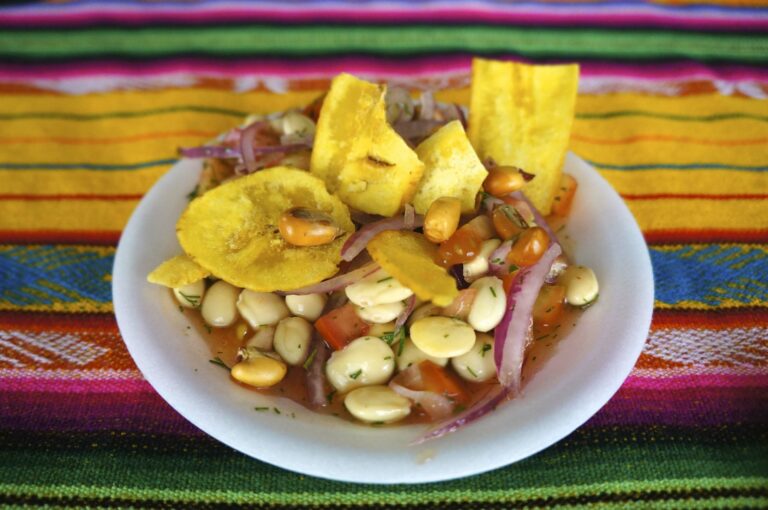Introduction to Ecuadorian Cuisine
Ecuadorian cuisine is a reflection of the country’s cultural diversity, history, geography, and climate. The dishes are rich in flavor, color, and texture, and often feature ingredients that are native to the Andean region, the Amazonian rainforest, and the Pacific coast. Corn and potatoes are two of the most important staples in Ecuadorian cuisine, and they are used in a variety of dishes, from soups and stews to snacks and desserts.
Importance of Corn and Potatoes
Corn and potatoes have been a vital part of the Ecuadorian diet for thousands of years, and they continue to be a symbol of the country’s agricultural heritage and identity. Corn is used in a variety of forms, such as flour, kernels, and dough, and it is a key ingredient in dishes like tamales, humitas, and choclos. Potatoes, on the other hand, come in over 2,000 varieties in Ecuador, and they are used in dishes like locro, llapingachos, and papas con cuero. Both corn and potatoes are affordable, versatile, and nutritious, making them an essential part of the Ecuadorian diet.
Historical Use of Corn and Potatoes
Corn and potatoes have a long history in Ecuadorian cuisine, dating back to the pre-Hispanic era. The indigenous people of Ecuador, such as the Incas and the Cañaris, cultivated these crops and used them in their daily meals, rituals, and ceremonies. Corn was often ground into flour or boiled and mixed with other ingredients, while potatoes were roasted, boiled, or mashed. With the arrival of the Spanish colonizers in the 16th century, new ingredients and cooking techniques were introduced, but corn and potatoes remained a fundamental part of the Ecuadorian diet.
Recipes Featuring Corn and Potatoes
Some of the most popular dishes that feature corn and potatoes in Ecuadorian cuisine include:
- Locro: a hearty soup made with potatoes, corn, cheese, and avocado
- Humitas: steamed corn cakes filled with cheese and wrapped in corn husks
- Choclos: boiled corn on the cob served with cheese and spices
- Llapingachos: fried potato cakes stuffed with cheese and served with peanut sauce
- Papas con cuero: boiled potatoes with skin served with roasted pork and peanuts
Benefits and Nutritional Value of Corn and Potatoes
Corn and potatoes are both high in carbohydrates, fiber, and vitamins, making them a great source of energy and nutrients. Corn is rich in antioxidants, such as lutein and zeaxanthin, which promote eye health, while potatoes are a good source of potassium, which helps regulate blood pressure. Additionally, both corn and potatoes are gluten-free, making them a safe option for people with celiac disease or gluten intolerance.
Regional Variations in Corn and Potato Dishes
Although corn and potatoes are widely used throughout Ecuador, there are variations in the way they are prepared and served in different regions. For example, in the highlands, potatoes are often boiled or roasted and served with cheese or meat, while in the coastal region, corn is used to make ceviche, a popular seafood dish. In the Amazon, corn is often used to make drinks and desserts, such as chicha and colada morada.
Fusion Dishes Incorporating Corn and Potatoes
As Ecuadorian cuisine has evolved and adapted to new influences, fusion dishes that incorporate corn and potatoes have emerged. For instance, empanadas de verde is a popular snack made with green plantains and filled with cheese or meat, while fanesca is a traditional soup made with 12 different grains and legumes, including corn and potatoes. These fusion dishes reflect Ecuador’s multiculturalism and creativity.
Conclusion: Corn and Potatoes in Ecuadorian Culture
Corn and potatoes are more than just ingredients in Ecuadorian cuisine; they are a symbol of the country’s heritage, identity, and resilience. From the Andes to the Amazon, from the coast to the islands, corn and potatoes have been a constant presence in the Ecuadorian diet, providing sustenance, flavor, and nutrition. As Ecuador continues to develop and modernize, corn and potatoes will remain a fundamental part of its cultural and culinary landscape.

